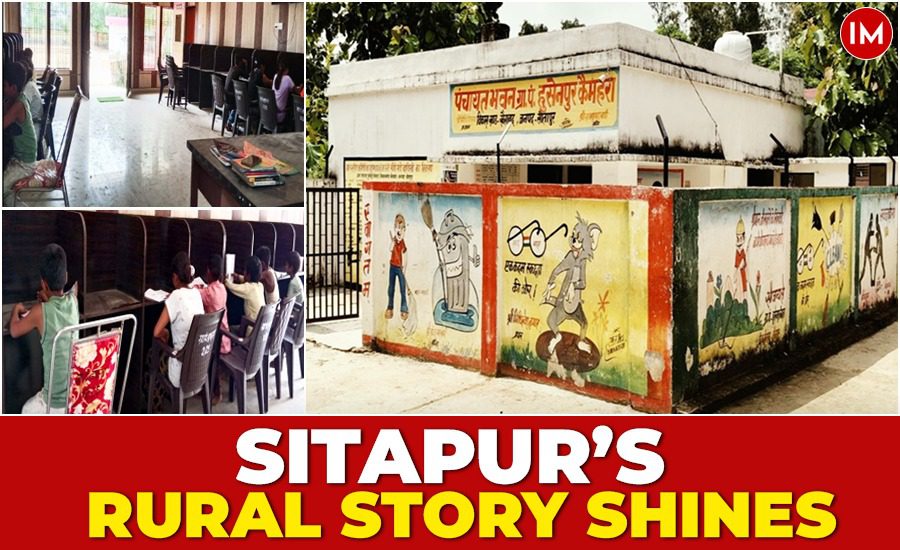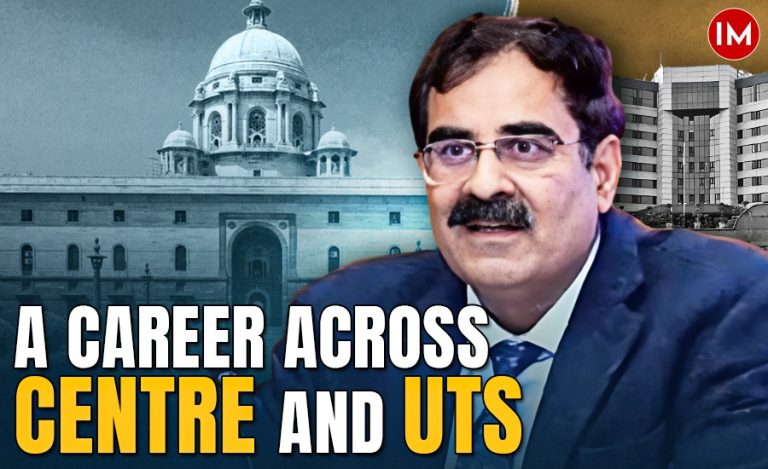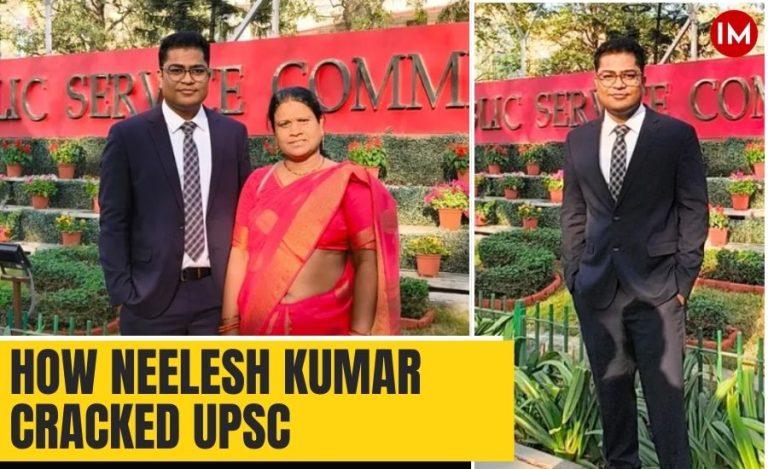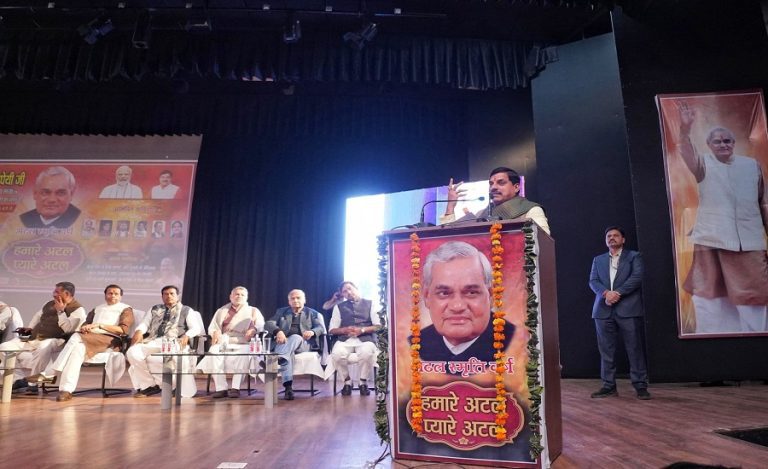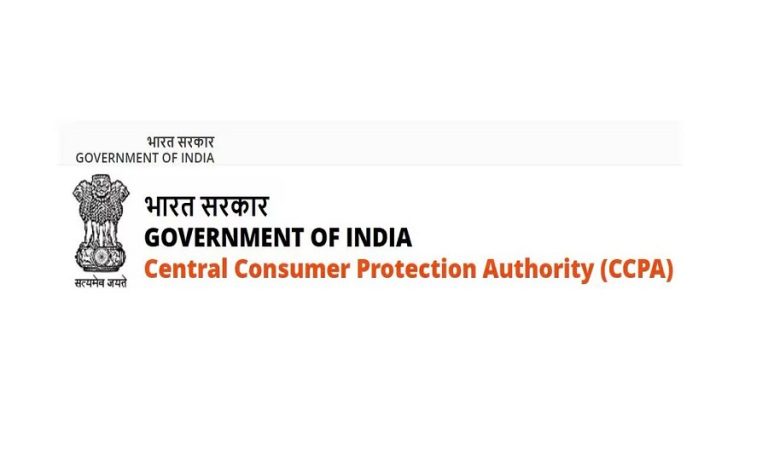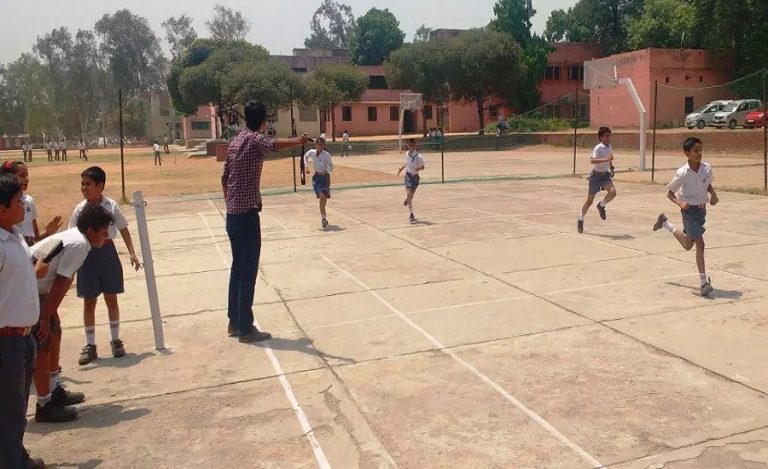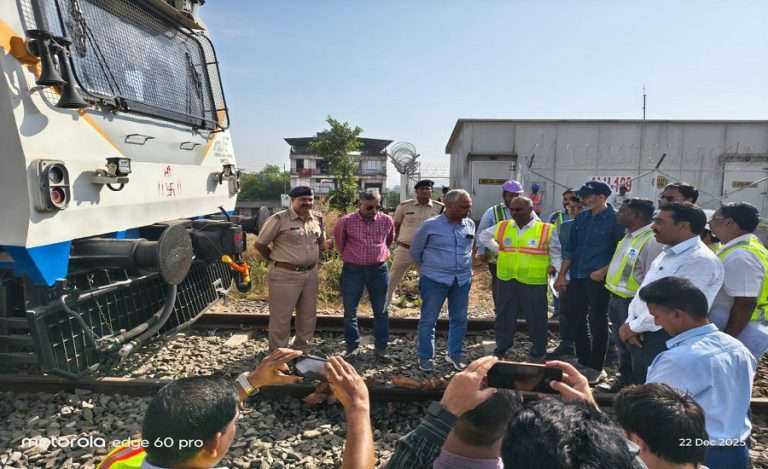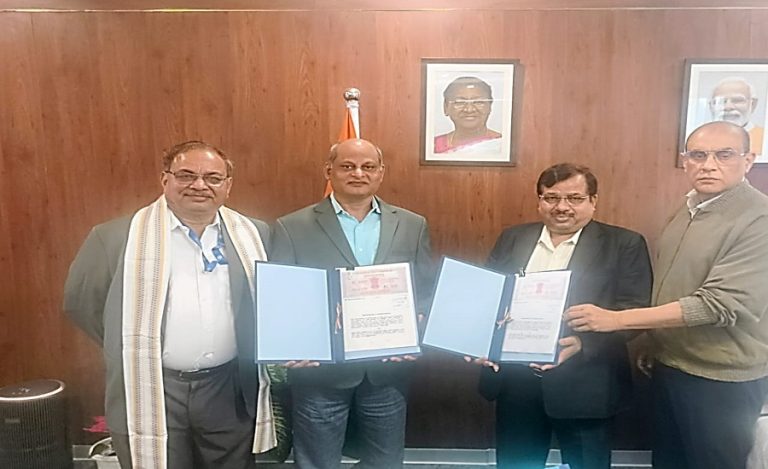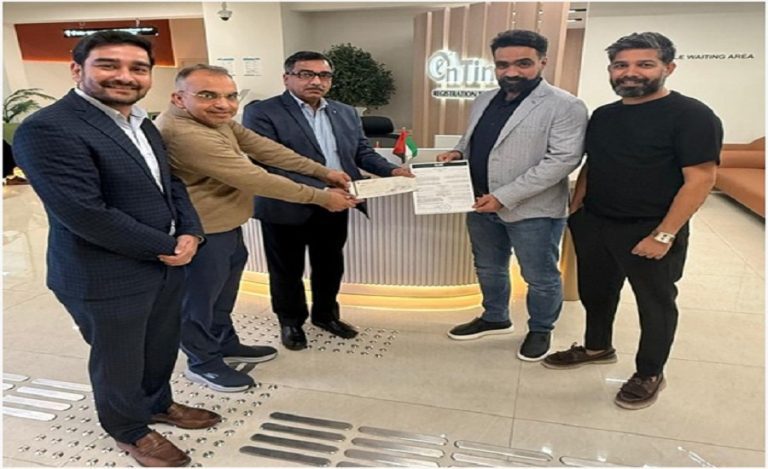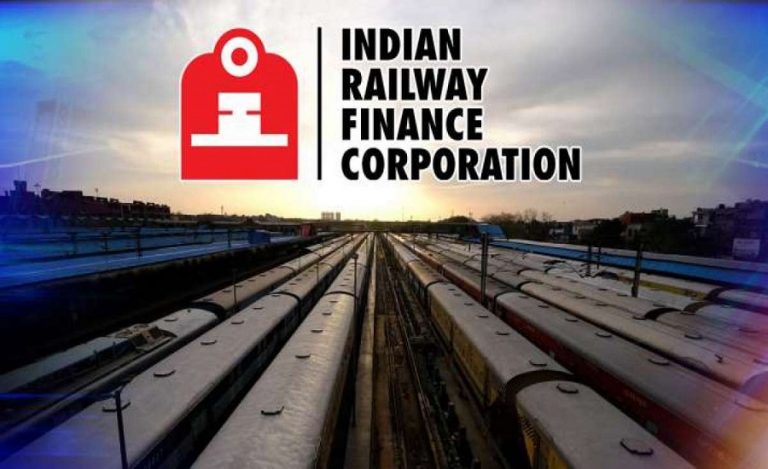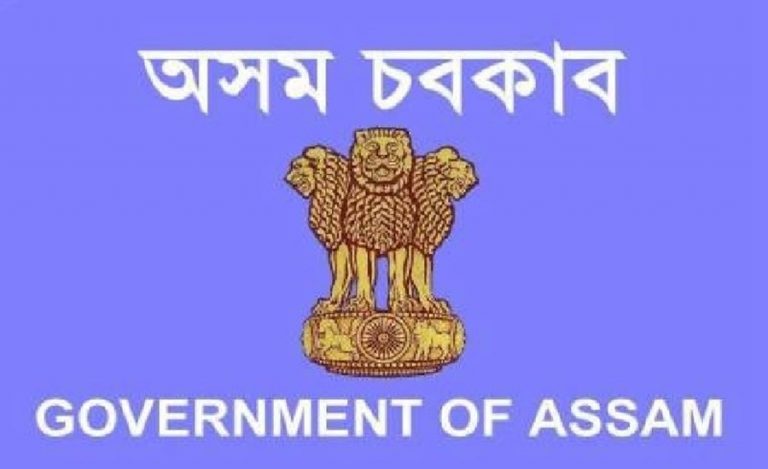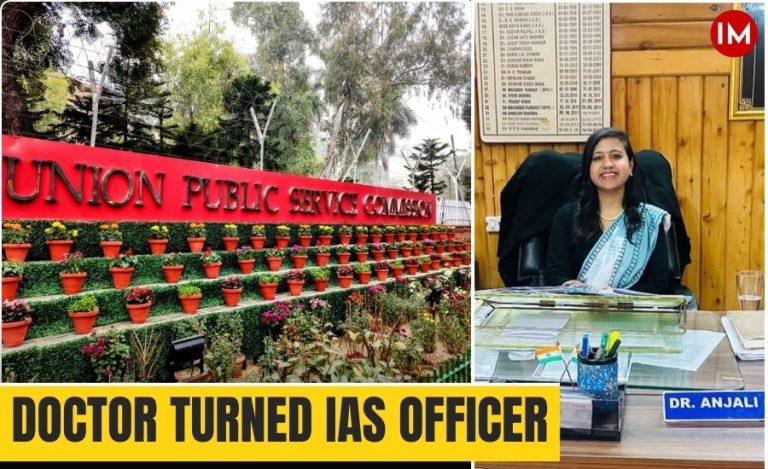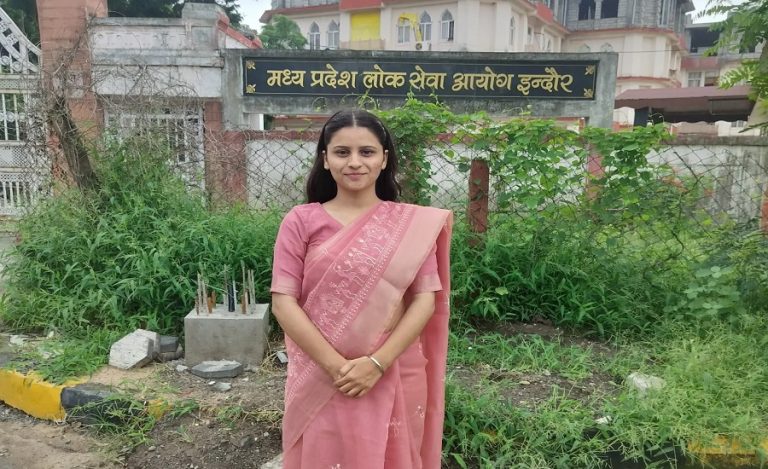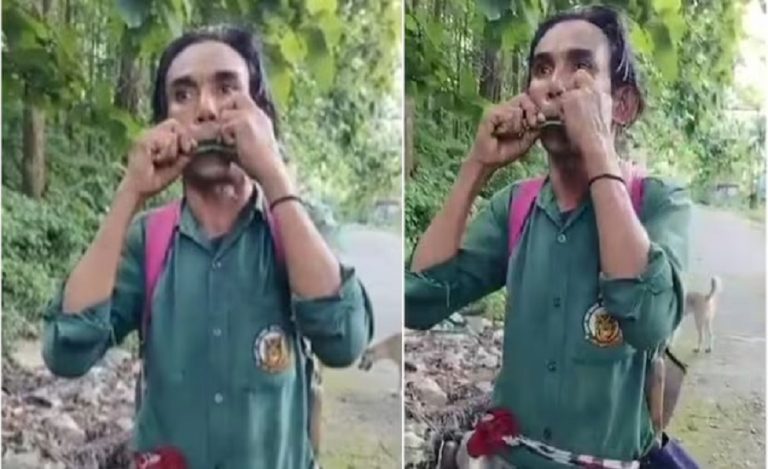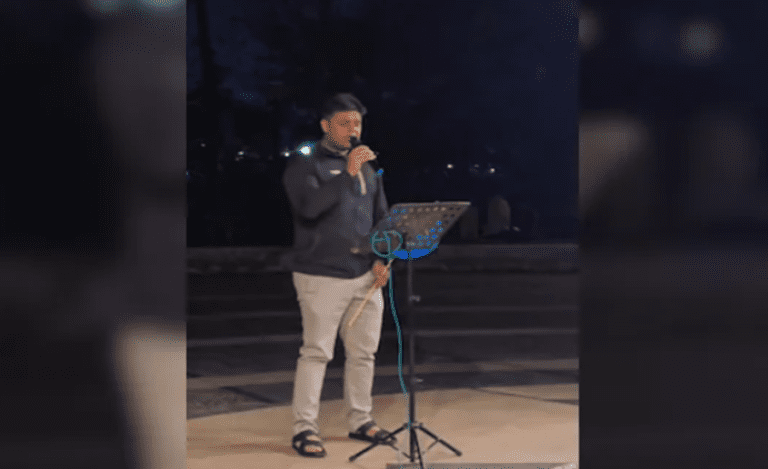In Uttar Pradesh’s Sitapur district, villages long seen as ordinary are being transformed into vibrant centres of opportunity and pride. Driving this remarkable change is IAS officer Nidhi Bansal, Chief Development Officer of Sitapur, under the able guidance of DM Abhishek Anand. Under her watch, an ambitious goal has taken shape: every block will nurture at least one Model Gram Panchayat, a village that grows into a hub of modern facilities, local confidence, and new income possibilities.
So far, eight such villages have come alive with fresh ideas and a renewed spirit, setting an example for the rest of the district and far beyond. In an exclusive conversation with Indian Masterminds, she shared details about the same.
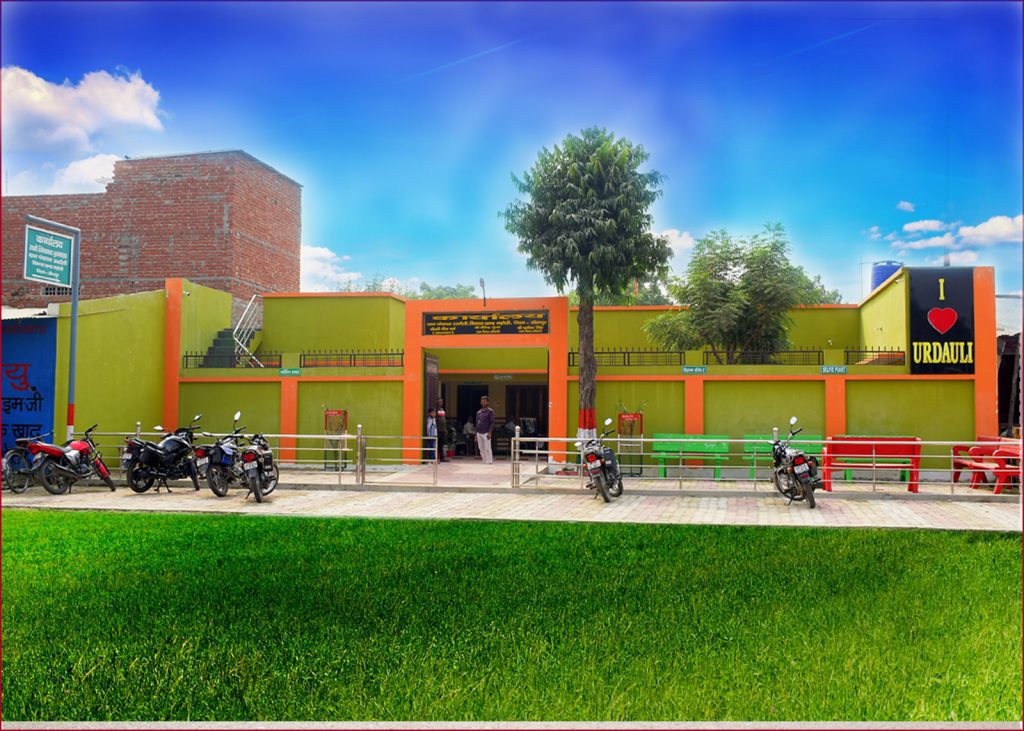
THE CHANGING FACE OF VILLAGES
The transformation is far more than cosmetic. It’s visible in children reading in a digital library in Beehat Biram, in women gathering every morning at a yoga park in Dafra, and in families spending their weekends boating in an Amrit Sarovar at Nathupur. The idea is simple yet powerful: bring facilities that were once the privilege of cities into the heart of the villages, so that no dream has to migrate for fulfillment.
From selfie points to picnic spots, from local libraries to sleek panchayat offices offering online services like birth and death registrations, caste and income certificates, ration cards… everything is being made accessible right where people live. Villages like Beehat Biram even boast a bank, a post office, and a government ration shop within easy reach.
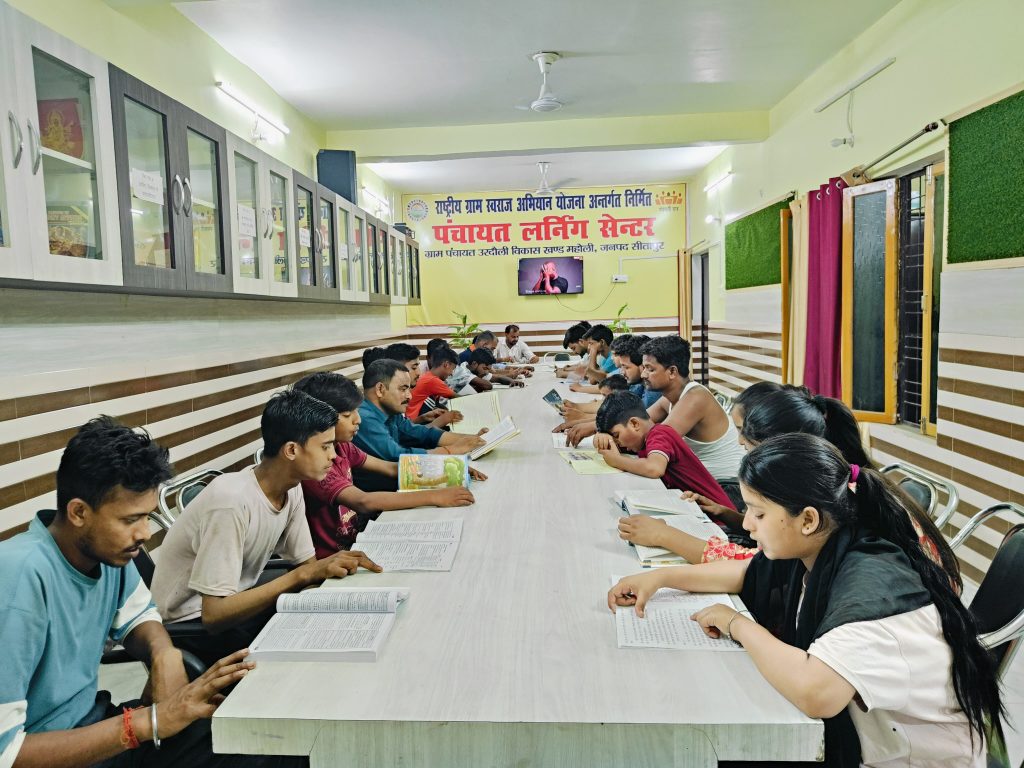
ANCIENT LEGACY MEETS MODERN AMENITIES
Take Beehat Biram – an example of how history and heritage can co-exist with today’s aspirations. Located on the highway connecting Khairabad to the sacred Naimisharanya Dham, Beehat Biram is not just another village; it is home to 21 ancient Shiva temples that echo tales from the past. It also celebrates the memory of freedom fighter Thakur Indrashekhar Singh who once rallied people here for India’s independence.
Today, the same village is buzzing with new ideas: its panchayat office doubles up as a knowledge hub with a library, while all citizen services are delivered online, saving people trips to distant towns.
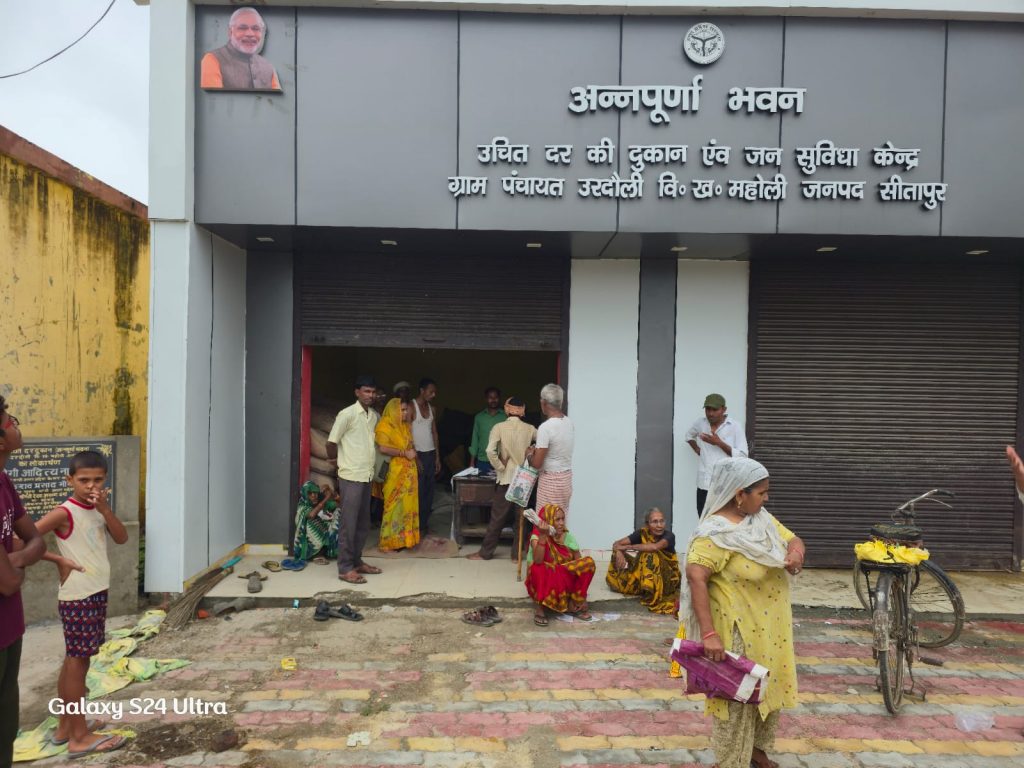
SMALL BOATS, BIG RIPPLES
What sets these villages apart is the spirit of self-reliance and community revenue generation. The boating facility in Nathupur’s Amrit Sarovar is not merely a leisure activity; it’s a source of local income and tourism. Villagers now find reasons to stay back, build homegrown businesses, and invite visitors to explore rural life with modern comforts.
Eight gram panchayats have already set the tone. Urdouli in Maholi, Nathupur in Mahmoodabad, Husainpur Kaemhra in Khairabad, Hempur in Aelia, Beehat Biram in Machhrehata, Dafra in Rampur Mathura, and Barmee in Mishrikh, each one carefully developed to highlight unique features. For instance, Hempur’s digital library and selfie point have become the pride of its youth, while Urdouli’s panchayat office, complete with a selfie corner, has turned into a symbol of civic participation.

FROM CRISIS TO CONSERVATION
Sitapur’s revival is not limited to roads, libraries, and parks, it dives deeper, literally, into the lifelines that sustain rural life: its rivers and ponds. Years ago, rivers like Mandakini and Kathina were choking under encroachment and pollution, drying up fast, taking with them the security of water for homes and farms alike.
Under Nidhi Bansal’s leadership, the district rolled out massive river rejuvenation work: 92 km of Sarain, 25 km of Gomti, 11 km of Gon, 27 km each of Kathina and Mandakini rivers have been brought back to life. Riverbanks have been strengthened with over 700,000 trees, while floodplains covering thousands of hectares have been preserved through bunds, leveled lands, and fresh plantation drives.
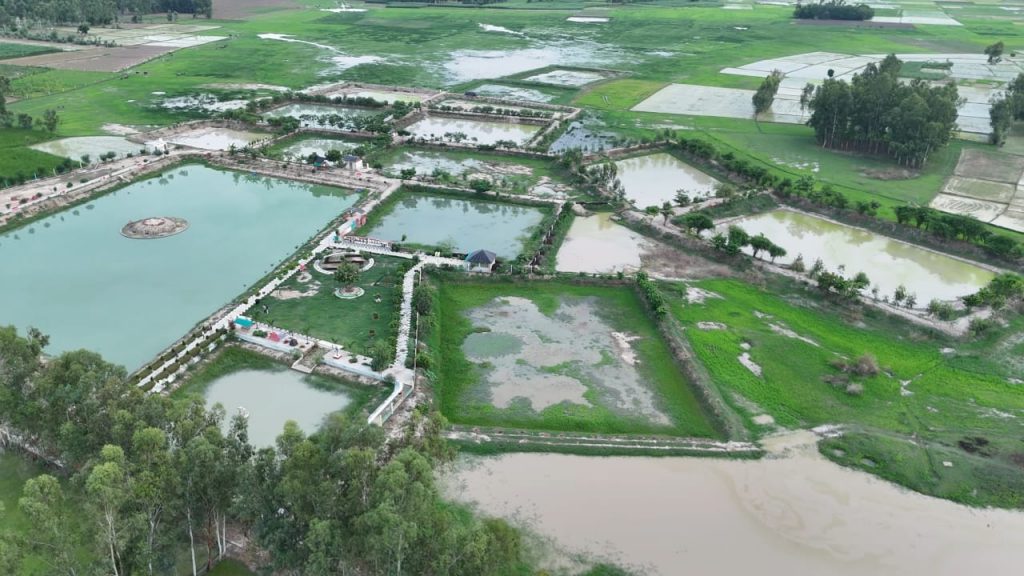
FROM DRIED WELLS TO THRIVING AMRIT SAROVARS
Water conservation in Sitapur has been tackled with scale and detail. 1,823 ponds have been built or revived, 416 Amrit Sarovars shine like blue jewels across the countryside, 132 farm ponds help farmers store precious water for crops, and nearly 1,900 rooftop rainwater harvesting systems make sure not a single drop is wasted. Thousands of soak pits, filter chambers, leach pits, drains, and nalas have been laid down, each structure adding millions of cubic meters to the groundwater reserves every year.
Drone mapping has ensured every pond is documented, encroachments removed, and future misuse prevented.
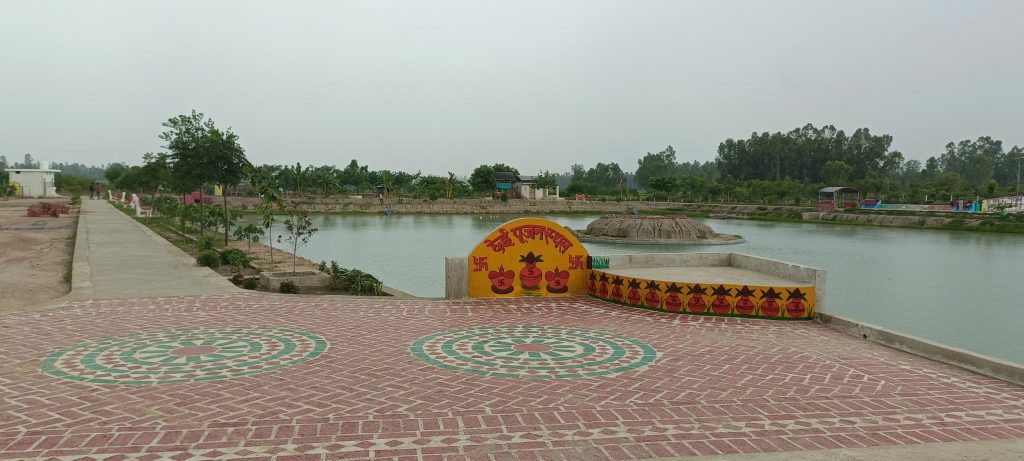
PEOPLE’S PARTICIPATION
At the core of this model is people’s ownership. Every village is motivated to increase its Own Source Revenue (OSR), funding its development instead of waiting endlessly for outside help. The aim is clear: development cannot be charity; it must be a local responsibility, backed by clear goals, strong leadership, and community support.
When villagers see a selfie point in their gram panchayat, children attend digital classes, families picnic by a clean lake, or women learn yoga every morning, they know this change belongs to them.
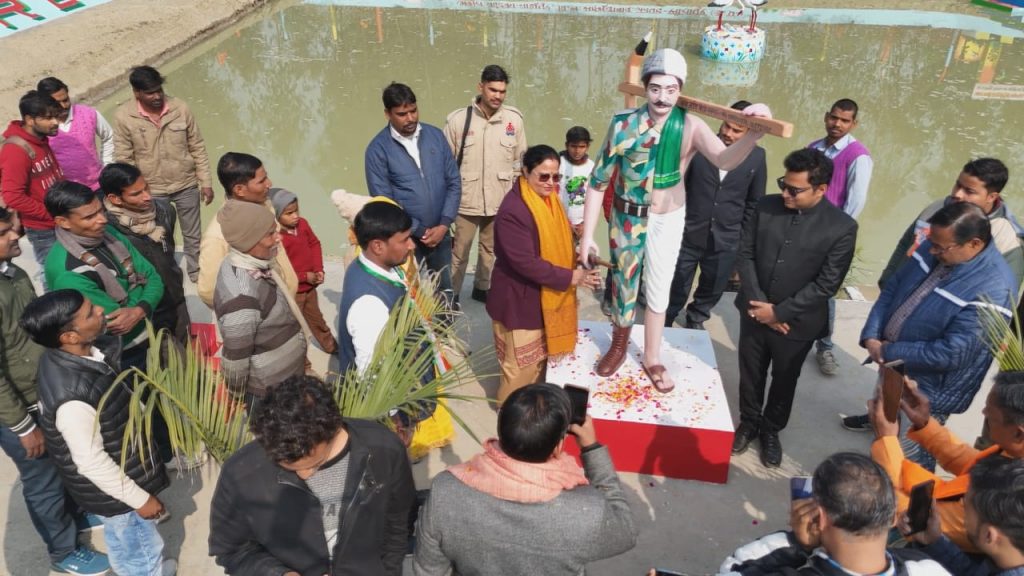
THE ROAD AHEAD
Nidhi Bansal’s model has already inspired district officials to push for a Model Gram Panchayat in every one of Sitapur’s nineteen blocks. What began with eight villages is now a growing movement. The administration has asked every Block Development Officer to pick the next village ready for this transformation.
When rural life becomes aspirational, migration slows down, jobs grow where people are born, and heritage breathes freely alongside progress. Sitapur’s villages are writing this new story where history, sustainability, education, tourism, and local economy come together, not in a city but in the lap of the countryside.
And somewhere at the centre of this quiet yet powerful change is an officer who believes that a village with a library, a lake, a park, a picnic spot, and a bank is not a distant dream but a living, thriving reality.

